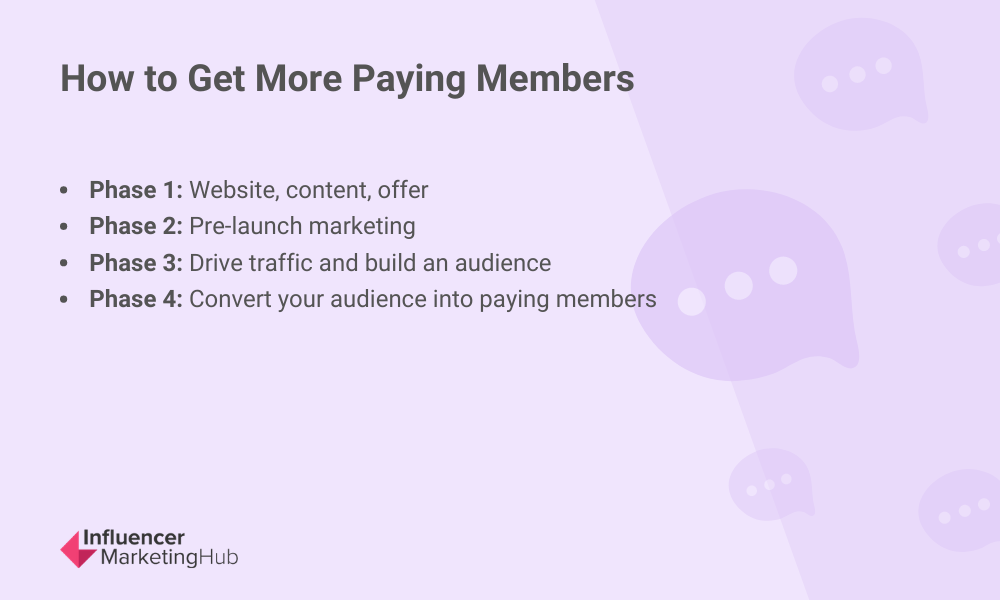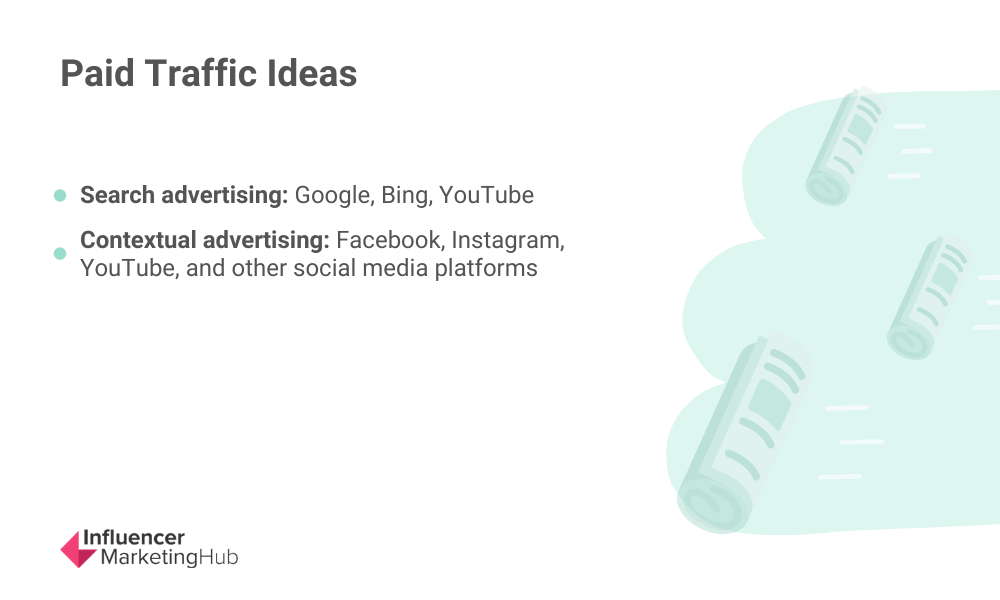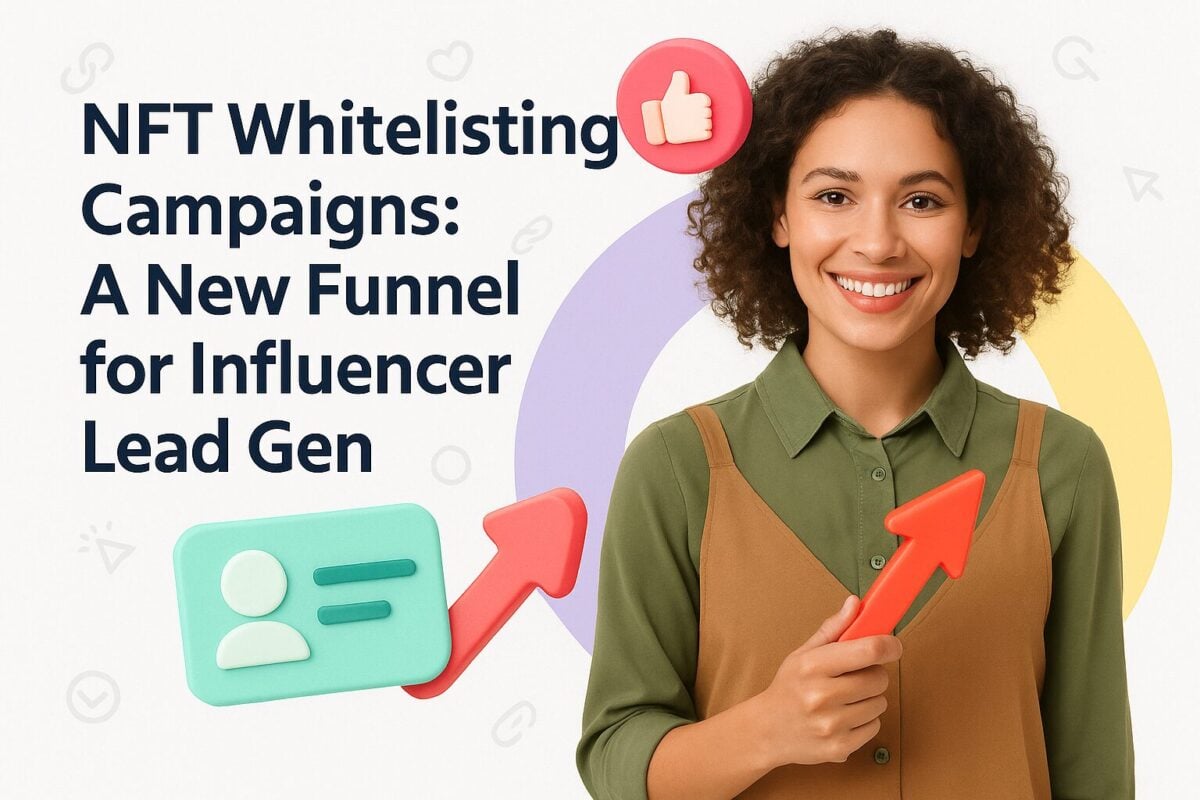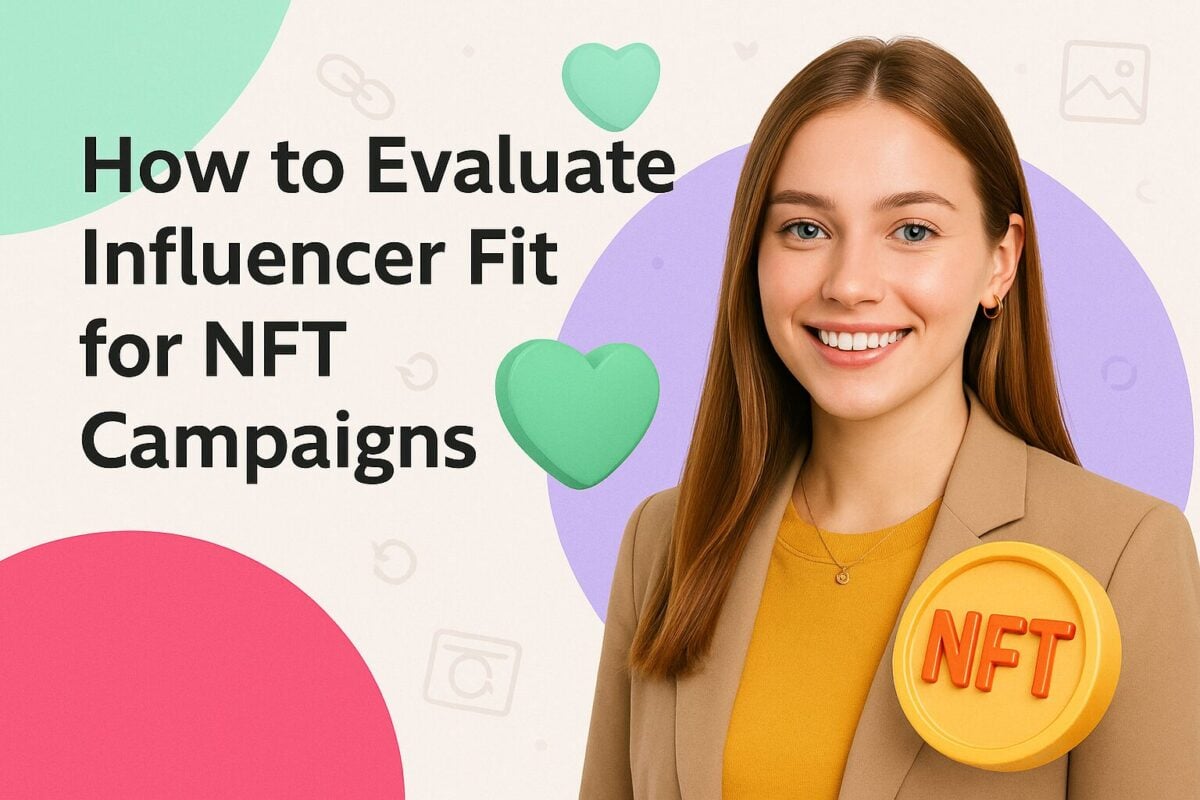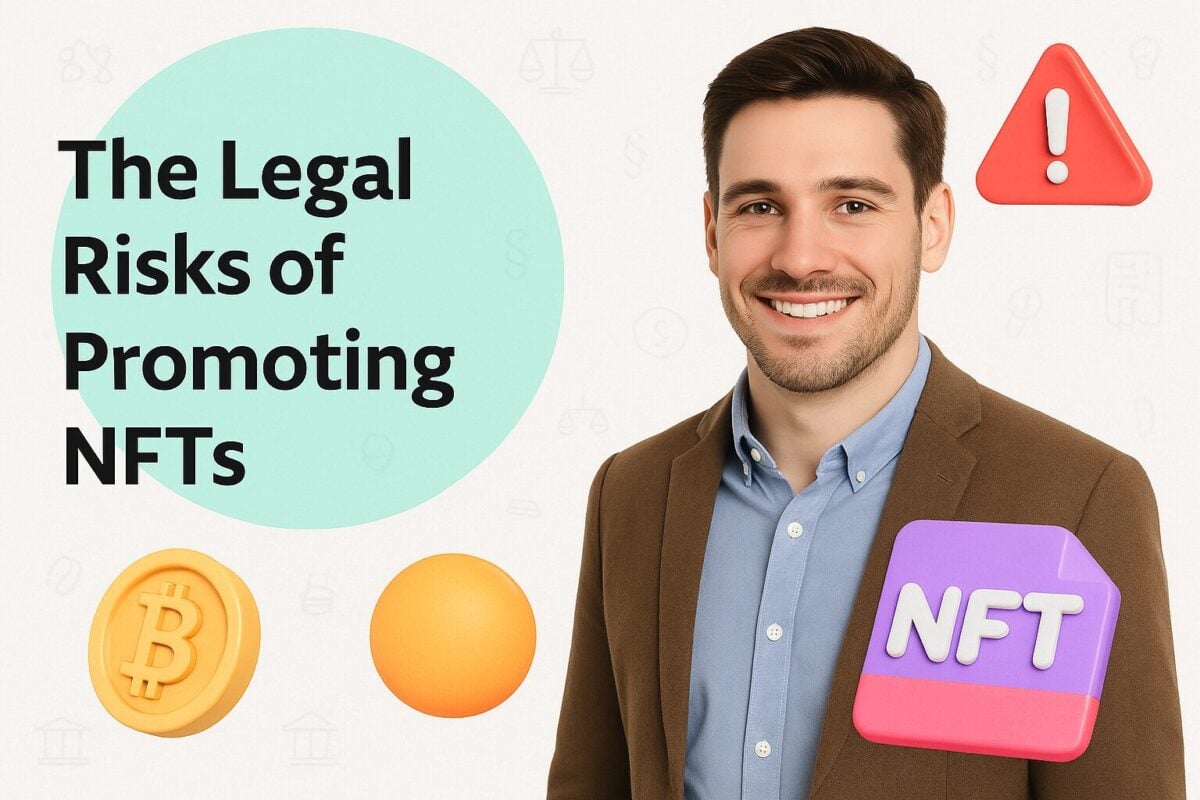Membership sites are a great business model for creators. You can share your content, build a community, and bring in a nice chunk of change, too. Plus, membership sites are an easy model to add to your existing business for an additional revenue stream. If you have paying members, of course. To help you figure that part out, this article outlines how to get paying members as a creator. We'll walk you through four phases, from the basic necessities to pre-launch marketing to converting your audience into paying members!
How to Get People to Pay for Your Membership Site as a Creator:
How to Get More Paying Members
Getting your first paying members is hard. There's no way to sugarcoat it. The upside is that once you break through that zero members barrier it gets easier and easier to attract and convert more. If you're willing to put in some work and follow this guide, you'll be on your way to get paying members in no time.
So, how do you do it? Let's start with...
Phase 1: The Set-Up
There's a common refrain among marketers that it's important you learn: know thy audience. If you just sign up for a Patreon account and start creating content without knowing who exactly you're creating content for, you're setting yourself up for failure. You have to do some thinking about what you want to offer and who you want to offer it to before you do anything else. Who are they? What are they like? Where do they hang out online? What are the problems they have that you can help them solve?
Once you've got your target audience sorted, you'll want to check out your competition. This will help you decide how much you should charge for your membership tiers as well as help you determine how you and your offer are unique. What is your value proposition? Why should your target audience choose you when your competitor is right there?
After you have those two things figured out, you're ready to move on to the bare minimum you need in order to launch your membership business.
Website
We strongly encourage you to have your own website and your own domain, even if you sign up with a membership platform like OnlyFans, Patreon, or Buy Me A Coffee. Having your own website and domain will help you build your brand and give you a stable platform that won't disappear if your chosen membership platform decides to stop paying.
There are several excellent website builder tools that can help you create a stunning and professional-looking website in just a few minutes. Just choose a template, customize it to match your brand, and hit that publish button. When building out your site, make sure that the design is clear and you have strong calls to action throughout the site.
If you choose to skip having your own website, you can still use your chosen membership platform to build your brand. Most of the membership platforms out there give you the option to customize your page at least a little. Plus, if you use creative membership tier names, descriptions, and images, you can build a site that reflects the brand personality you're going for.
Content
Now that you have a place to call home on the internet, it's time to create content. Some creators choose to offer a freemium plan that includes limited access to your offer as well as paid plans that offer more access to exclusive content, features, or functionality. We recommend creating three months of content before you launch your membership site to drip to members over a three-month period as you build your audience.
Offer
The last thing to consider before you start pre-launch marketing is your offer. This really boils down to perceived value. You want to offer members access that has a perceived value of at least three times more than what they'll pay for their membership. Be realistic with your numbers when calculating your offer and its perceived value. For example, if you offer members an eBook each quarter, you'll want to highlight how those eBooks replace another, more expensive service that you offer.
Your offer should also include a guarantee. Providing a guarantee lowers the perceived risk of signing on as a member. If your membership includes access to an online course, you might offer members the opportunity to cancel within a certain number of days and get their money back if they don't feel the course is providing them the value they expected. Some course creators offer this option only if members can prove that they've put in the work throughout the guarantee period (requiring course worksheets and the like to be presented).
Phase 2: Pre-Launch Marketing
Now you're ready for pre-launch marketing. During this period, you're going to focus on establishing your presence online in the spaces where your target audience is likely to be. You'll also start reaching out to potential partners and influencers who can help you promote your membership site, provide testimonials, and network.
Here are five key steps you can take to ensure a productive pre-launch:
- Create a pre-launch lead gen landing page. Don't ask for a lot of information at this point—name and email address will do. You'll want this information to send an announcement when it's time to go live.
- Grow your email list. Your pre-launch lead gen landing page will be vital in filling up your email list with subscribers who are just aching to know when your membership site is live.
- Connect with influencers. Finding the right influencers to help promote your membership site can shift growth into overdrive.
- Create a content calendar. You'll have plenty of things to think about when you launch. Figuring out what you're going to post and when shouldn't be one of them.
- Segment your audience. It's never too early to segment your audience. We recommend using your on-site analytics and Facebook ad campaigns to segment when you're getting started.
Phase 3: Driving Traffic
As you can probably imagine, traffic is what's going to get you the exposure you need to build a big enough audience for a successful membership site. There are tons of ways to drive traffic to your site, but some are definitely faster than others. We're going to look at two types of traffic—organic and paid—as well as different techniques you can use for each type.
Organic Traffic
Organic traffic is generally considered to be "free" traffic. This is traffic that comes to your site without using paid promotion. Organic traffic tends to be slower, but it's invaluable in the long run, so we recommend getting started on building organic traffic right away. Let's take a look at some common ways to drive traffic organically.
Content Marketing
Content marketing includes things like blog posts, infographics, videos, and a number of other types of content. Your content should be optimized for search engines so you can rank higher in search engine results pages (SERPs) and get found by the people interested in what you have to offer. When creating your traffic-generating content, you'll want to focus on providing value, not just promoting your membership site. Find creative ways to work in links to your membership site and tout its benefits without directly telling people to sign up.
You might also consider guest blogging (creating a piece of content for someone else's site). When you're just starting out, guest blogging can be a helpful way to generate traffic by leveraging the domain authority and reach of someone else's website.
Email marketing has a phenomenal ROI (3500%–4400%), so it just makes sense to use it. Throughout pre-launch, you worked to grow your email list. Now it's time to capitalize on that list and market to your subscribers. As with content marketing, your emails shouldn't just be about selling. Instead, try to limit your promotional emails to one out of every four emails you send. The other emails should provide valuable insights to your subscribers and help you establish yourself as an authority in your niche.
Social Media
These days you absolutely must have a social media presence. Some social media platforms are more effective than others, but if you've done your homework and learned about your target audience, you already know where they spend their time. This is excellent information to have so you're not wasting time on LinkedIn when your audience is on Instagram.
Once again, you'll want to keep your social media posts mostly valuable and not promotional. A good rule of thumb is to limit promotional posts to 20% of the content you post. The rest should be educational, entertaining, and inspiring to your target audience.
Partnerships
There's no rule that says you have to go it alone. In fact, you're probably going to enjoy success much faster if you find other online business owners to partner with. For best results, you'll want to seek out partnerships that overlap your niche but aren't direct competitors. Be clear about what you bring to the table when approaching people to partner with you. If you're just starting out, you need to be very clear about your plans for growth and what you can offer in exchange for the heavy lifting an already established partner will be doing.
Paid Traffic
Now that we've covered a few popular ways to drive organic traffic, let's talk about paid traffic.
We know that it's painful to think about paying for traffic when you're not even making any money yet on your membership site. But paid traffic is much faster than organic traffic that's beholden to the whims of the Google algorithm. There are two main methods that we want to talk about here: search advertising and contextual advertising.
Search Advertising
With search advertising, ads are suggested to searchers based on previously searched keywords. Because of this, search advertising tends to bring in high-intent leads who are looking for exactly what you have to offer. Some of the more common platforms for search advertising are Google Ads, YouTube Search Ads, and Bing Ads.
Contextual Advertising
With contextual advertising, ads are embedded in the content. They're targeted to specific demographics, behaviors, and interests to get your ads in front of the people who are most interested. There are quite a few contextual advertising platforms:
- Facebook ads
- Instagram ads
- YouTube in-stream ads
- LinkedIn ads
- Twitter ads
- AdRoll
- Retargeting ads
- Pinterest ads
- Outbrain
- and more!
Paid Advertising Tips
The thought of running paid ads makes some people nervous. Here are some tips to make the process easier and more productive:
- Target your ad messages. When your target audience comes across one of your ads, it should feel like you're speaking directly to them, touching on their pain points and how you can solve them.
- Keep your branding consistent. The shift from ad to landing page should be seamless. The messages on your ad should be echoed on your landing page and the branding and imagery should be the same.
- Focus on getting the click. The ad has a single job: getting traffic to your membership site. That means focusing on copy that's going to pique curiosity and entice the viewer to click through to the landing page. That's it.
- Keep track of your cost-per-conversion. A lower CPC lets you know that the traffic you're bringing in is high-quality.
Phase 4: Converting Your Audience Into Paying Members
By now, you've started driving traffic to your membership site. But how do you get that traffic to convert? Fortunately, there are plenty of ways to convince your target audience to make the commitment:
- Offer free trials
- Create multiple membership tiers
- Offer a free membership tier
- Provide a guarantee
- Offer seasonal discounts and promotions
- Keep your signup forms simple
- Include a compelling call to action
Frequently Asked Questions
What is the best way to build a new audience?
There are hundreds of ways to build a new audience for your membership site. Here are a few of the most popular:
- Content marketing
- Social media
- Partnerships
- Search advertising
- Contextual advertising
What is contextual advertising?
With contextual advertising, ads are embedded in content and display as users scroll through content.
How do I get free traffic?
There are several ways to get free traffic to your membership site. Here are some of the more popular ones:
- Content marketing
- Social media
- Partnerships
- SEO
Where should I send leads?
Leads should be directed to a landing page or sales page where there are no distractions to keep them from converting.
What is search advertising?
With search advertising, ads are suggested based on search terms.
